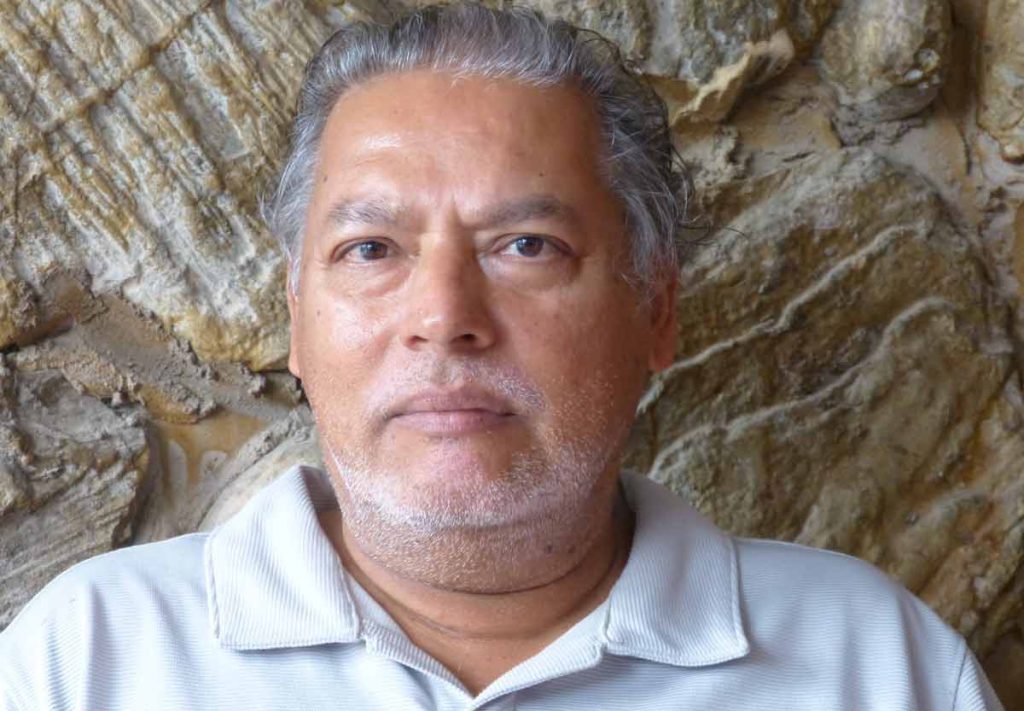The campaign to remove the name of Alfred Milner from a students’ residence hall at UWI, St. Augustine, was introduced by UWI Vice Chancellor Professor Sir Hilary Beckles. The campaign was supported by Shabaka Kambon and his Black Power organisation called Cross Rhodes Freedom Project (CRFP).
Both men argued that Milner was “in the vanguard of the late 19th century genocidal European imperial project in Africa which brutally wiped out large percentages of many ethnic groups, while plundering resources using forced labour” (Newsday Oct 11, 2017).
Both Beckles and Kambon have decided to rename Milner Hall after the Pan African leader, Henry Sylvester Williams.
Would they also change the name of Daaga Hall in UWI which was named after the older Macandal Daaga? Chief Daaga was a slave catcher from Africa who was later captured, made into a slave and sent to Trinidad.
This information is contained in the book, History of the West Indian Island of Trinidad & Tobago, 1498-1900 by Gertrude Carmichael published by the University of Virginia Press in 1961.
Carmichael wrote: “As the adopted son of the childless king of an African tribe, he [Daaga] had often made war in his own country against the Yorubas, selling his prisoners to the slave traders who brought many of them to Trinidad. He himself was captured by the traders after being tricked aboard one of their vessels and had been shipped in chains to Brazil.
“During the journey, the slaver was captured by a patrolling British cruiser, and Daaga was taken to Sierra Leone. Here, with other able-bodied men, he was drafted into the West India Regiment and sent to Trinidad, where he was baptized into the Christian faith and given the name of Donald Stewart.”
More detailed information is contained in the book entitled Africa and the Americas: Interconnections during the Slave Trade (2005) editedby José C. Curto and Renée Soulodre-LaFrance and published by Africa World Press.
The chapter’s author, Monica Schuler, wrote: “In 1837, Daaga, a Porto Novo slave trader was ambushed and enslaved while delivering slaves to a Portuguese slaver and subsequently liberated by the British Navy and enlisted in the 1st West India Regiment, vowed to repay his Portuguese captors by ‘attacking them in the night’ (like a witch). Captured later for leading a mutiny in Trinidad, Daaga repeatedly threatened to eat “the first white man I catch after this” (page 188).
In the Trinidad daily newspapers, one reads with interest the opinion of Reginald Dumas on the renaming of streets of Port-of-Spain, especially in Woodbrook. He wishes to eliminate the names of British military leaders who participated in the Second Boer War (1899 – 1902) because he believes they have no relevance to Trinidad and also because they were imperialists and even racists.
In his book, What Is History (1961), Edward Carr wrote that “history is a constant interaction between the present with the past.” Dumas’ position must be studied in the context of Carr’s ideas. What are the real motives of Dumas, Beckles and Kambon? Do they represent a minority advocacy group? If so, is it part of an Afro-centric, anti-white campaign?
Woodbrook was the creation of the three Siegert brothers of Angostura who purchased an abandoned sugar estate and developed it into that residential area. They named the streets after themselves and their children.
Renowned historian, Dr Michael Anthony, wrote about the history of Woodbrook in Chapter 5 in A History of Trinidad and Tobago in the 20th Century (2010). He pointed out that the Siergerts “were constructing some streets at the outset of 1902 when the Boer War reached its final phase. The retreat of the Boer caused such an outburst of joy in Port of Spain that the Siegerts could not help naming some of the streets after British generals.
Anthony added “and naturally there was a street named for the most celebrated officer of them all, commander-in-Chief of the British forces in the Boer War, Lord Kitchener.” Anthony stated that Lord Kitchener’s “fame was so hot and bright, and so long lasting, that a full four decades afterwards a young Arima calypsonian coming to the scene, chose as his stage-name ‘Lord Kitchener.’” Dumas seems not to know that the first calypso sung in English by Norman le Blanc was in praise of the English forces.
Please leave the names of these streets and buildings as well as that of calypsonian Lord Kitchener alone. They are a record of our history which we cannot erase or destroy. Give new names to new streets, buildings, etc. And please do not be Afro-centric. This is a multi-cultural society and there are also names of Indo-Trinidadian heroes such as F.E.M. Hosein, Adrian Cola Rienzi, V.S. Naipaul, Champa Devi, Bhadase Sagan Maharaj, Sat Maharaj and Kamla Persad-Bissessar.
790 words
THE WRITER is coordinator of The Indian Review Committee
Kamal Persad (BA, MA, History, UWI)
Carapichaima, Trinidad and Tobago
Tel: 868-794-8149
